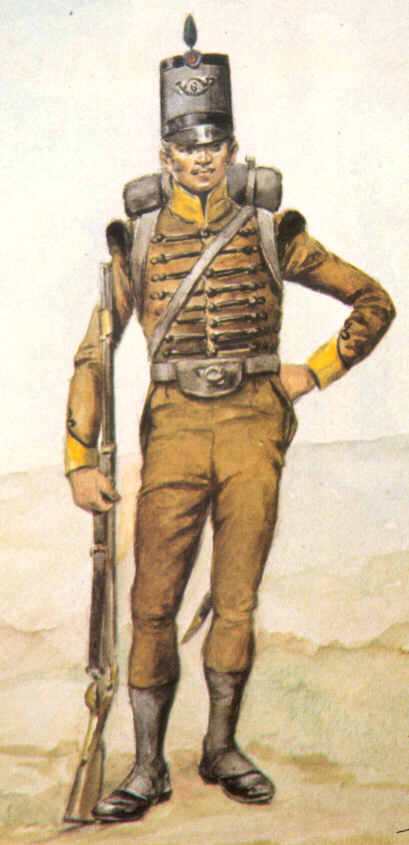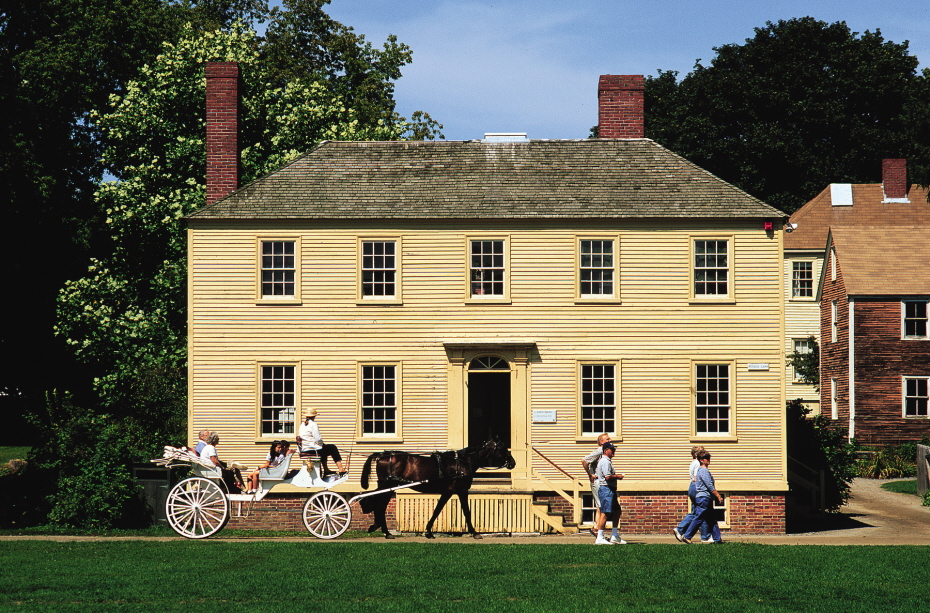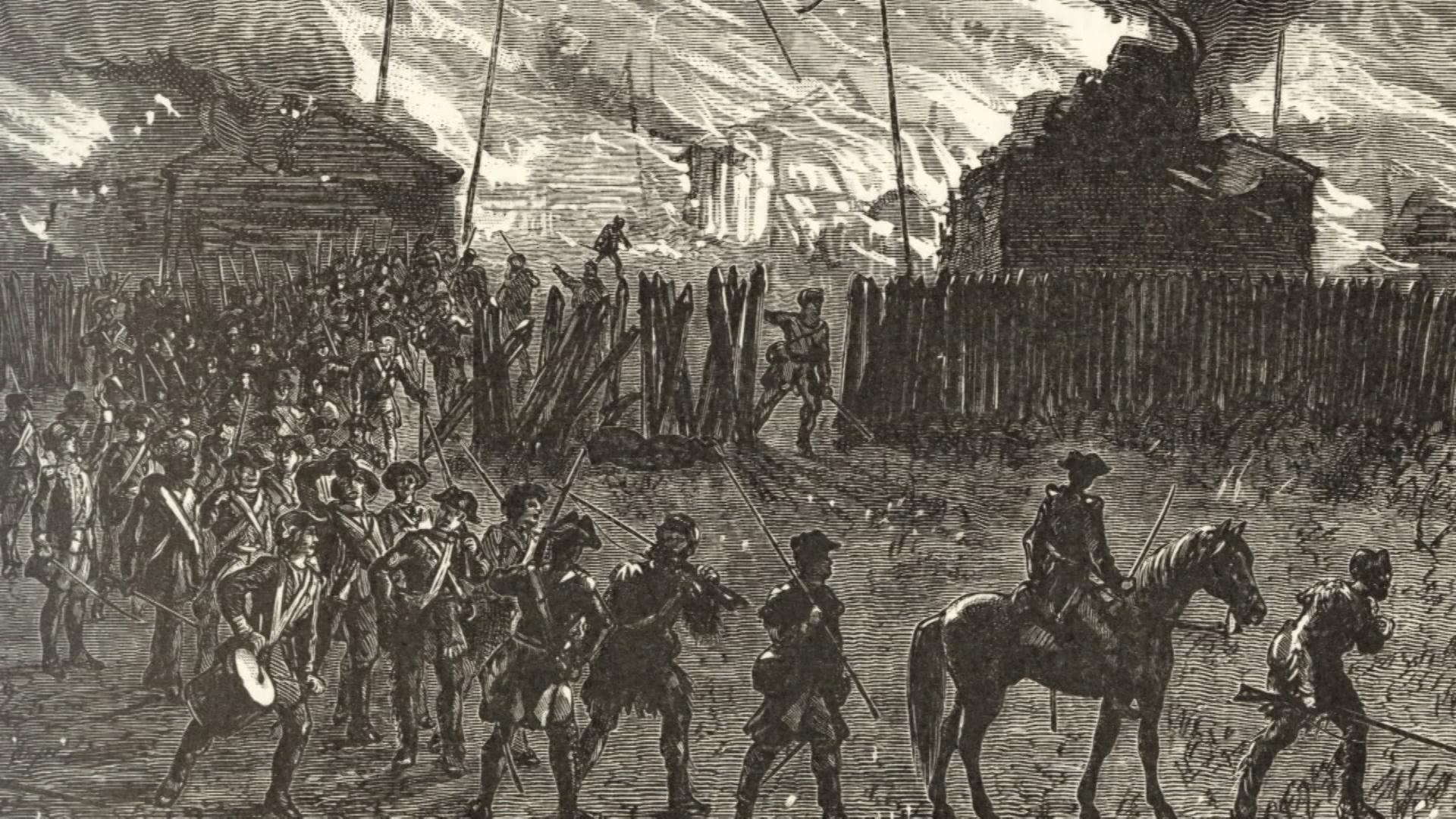|
Whitcomb's Rangers
Whitcomb's Rangers were authorized on October 15, 1776, and formed in November 1776 at Fort Ticonderoga in New York. The unit consisted of two companies of New Hampshire rangers for service with the Continental Army under the command of Benjamin Whitcomb, a veteran of Bedel's Regiment. They saw action at the Battle of Hubbardton, Battle of Bennington and the Battle of Saratoga. They were disbanded on January 1, 1781 at Coos, New Hampshire. References State Builders: An Illustrated Historical and Biographical Record of the State of New Hampshire. State Builders Publishing Manchester, NH 1903 External linksBibliography of the Continental Army in New Hampshirecompiled by the United States Army Center of Military History The United States Army Center of Military History (CMH) is a directorate within the United States Army Training and Doctrine Command. The Institute of Heraldry remains within the Office of the Administrative Assistant to the Secretary of the Arm ... Milit ... [...More Info...] [...Related Items...] OR: [Wikipedia] [Google] [Baidu] |
Light Infantry
Light infantry refers to certain types of lightly equipped infantry throughout history. They have a more mobile or fluid function than other types of infantry, such as heavy infantry or line infantry. Historically, light infantry often fought as Reconnaissance, scouts, Raid (military), raiders, and skirmishers. These are loose formations that fight ahead of the main army to harass, delay, disrupt supply lines, engage the enemy's own skirmishing forces, and generally "soften up" an enemy before the main battle. Light infantrymen were also often responsible for Screening (tactical), screening the main body of a military formation. Following World War II, the term "light infantry" has evolved to include rapid-deployment units (including commando and Airborne forces, airborne units) that emphasize speed and mobility over armor and firepower. Some units or battalions that historically held a skirmishing role retain their designation "light infantry" for the sake of tradition. His ... [...More Info...] [...Related Items...] OR: [Wikipedia] [Google] [Baidu] |
Carleton's Raid (1778)
Carleton's Raid was a British raid led by Major Christopher Carleton in the American War of Independence. It was launched in the fall 1778 from the Province of Quebec against targets in upstate Province of New York. Prelude On October 24, 1778, with snow already on the ground but before Lake Champlain had frozen, a fleet of ships left Ile aux Noix for the southern part of Lake Champlain. The ships were and , both of which had fought at the Battle of Valcour Island in 1776. The ships were supported by two gunboats and many bateaux. The force comprised 454 men. The British Army forces were made up of regulars from the 29th, 31st, 53rd Regiments of Foot and the Royal Artillery supported by Loyalists from the King's Royal Regiment of New York, Hessian Jägers and about 100 Indian allies. The force was led by Major Christopher Carleton of the 29th Regiment of Foot. Attacks The fleet moved up the lake to about Crown Point on November 6, 1778, where parties of raiders we ... [...More Info...] [...Related Items...] OR: [Wikipedia] [Google] [Baidu] |
Bedel's Regiment
Bedel's Regiment refers to a series of revolutionary military regiments formed at the outbreak of the American Revolution to protect northern New Hampshire. The regiments were led by Colonel – later Brevet Brigadier General – Timothy Bedel and primarily served in the Quebec theater of the Revolutionary War. History On May 26, 1775, roughly one month after the Battles of Lexington and Concord, the Provincial Congress of New Hampshire voted to conscript a militia of no more than 60 men in the northwestern area of the colony. The regiment was raised as a single company of rangers in Coos County, New Hampshire, led by Colonel Timothy Bedel. Over the next three months, two more companies were raised under the command of Colonel Bedel.Calloway, Colin (1990) p. 272 The regiment served mostly as an offensive force in the Province of Quebec. In July 1775, Colonel Bedel led all three companies across New Hampshire and VermontThe area that is now Vermont was claimed by New Hamps ... [...More Info...] [...Related Items...] OR: [Wikipedia] [Google] [Baidu] |
Continental Army
The Continental Army was the army of the United Colonies representing the Thirteen Colonies and later the United States during the American Revolutionary War. It was formed on June 14, 1775, by a resolution passed by the Second Continental Congress, meeting in Philadelphia after the war's outbreak at the Battles of Lexington and Concord on April 19, 1775. Therefore, June 14th is celebrated as the U.S. Army Birthday. The Continental Army was created to coordinate military efforts of the colonies in the war against the British Army during the American Revolutionary War, British, who sought to maintain control over the American colonies. General George Washington was appointed commander-in-chief of the Continental Army and maintained this position throughout the war. The Continental Army was supplemented by local Militia (United States), militias and volunteer troops that were either loyal to individual states or otherwise independent. Most of the Continental Army was disbanded ... [...More Info...] [...Related Items...] OR: [Wikipedia] [Google] [Baidu] |
United States Army Rangers
The United States Army Rangers are U.S. Army personnel who have served in any unit which has held the official designation of "Ranger". The term is commonly used to include graduates of the Ranger School, even if they have never served in a "Ranger" unit, because Army regulations and special qualification identifier (SQI) codes provide that the only requirement to earn the "Title: Ranger" is that a soldier "must successfully complete the appropriate training at the Infantry School." In a broader and less formal sense, the term "ranger" has been used, officially and unofficially, in North America since the 17th century, to describe specialized light infantry in small, independent units—usually companies. The first units to be officially designated Rangers were companies recruited in the New England Colonies to fight against Native Americans in King Philip's War. Following that time, the term became more common in official usage, during the French and Indian Wars of the 18 ... [...More Info...] [...Related Items...] OR: [Wikipedia] [Google] [Baidu] |
New Hampshire
New Hampshire ( ) is a U.S. state, state in the New England region of the Northeastern United States. It borders Massachusetts to the south, Vermont to the west, Maine and the Gulf of Maine to the east, and the Canadian province of Quebec to the north. Of the List of states and territories of the United States, 50 U.S. states, New Hampshire is the List of U.S. states and territories by area, seventh-smallest by land area and the List of U.S. states and territories by population, tenth-least populous, with a population of 1,377,529 residents as of the 2020 United States census, 2020 census. Concord, New Hampshire, Concord is the List of capitals in the United States, state capital and Manchester, New Hampshire, Manchester is the List of municipalities in New Hampshire, most populous city. New Hampshire's List of U.S. state mottos, motto, "Live Free or Die", reflects its role in the American Revolutionary War; its state nickname, nickname, "The Granite State", refers to its ext ... [...More Info...] [...Related Items...] OR: [Wikipedia] [Google] [Baidu] |
New York (state)
New York, also called New York State, is a U.S. state, state in the northeastern United States. Bordered by New England to the east, Canada to the north, and Pennsylvania and New Jersey to the south, its territory extends into both the Atlantic Ocean and the Great Lakes. New York is the List of U.S. states and territories by population, fourth-most populous state in the United States, with nearly 20 million residents, and the List of U.S. states and territories by area, 27th-largest state by area, with a total area of . New York has Geography of New York (state), a varied geography. The southeastern part of the state, known as Downstate New York, Downstate, encompasses New York City, the List of U.S. cities by population, most populous city in the United States; Long Island, with approximately 40% of the state's population, the nation's most populous island; and the cities, suburbs, and wealthy enclaves of the lower Hudson Valley. These areas are the center of the expansive New ... [...More Info...] [...Related Items...] OR: [Wikipedia] [Google] [Baidu] |
Fort Ticonderoga
Fort Ticonderoga (), formerly Fort Carillon, is a large 18th-century star fort built by the French at a narrows near the south end of Lake Champlain in northern New York. It was constructed between October 1755 and 1757 by French-Canadian military engineer Michel Chartier de Lotbinière, Marquis de Lotbinière during the French and Indian War, sometimes known overseas as the "North American theater" of the Seven Years' War. The fort was of strategic importance during the 18th-century colonial conflicts between Great Britain and France, and again played an important role during the American Revolutionary War. The site controlled a river portage alongside the mouth of the rapids-infested La Chute River, in the between Lake Champlain and Lake George. It was strategically placed for the trade routes between the British-controlled Hudson River Valley and the French-controlled Saint Lawrence River Valley. The terrain amplified the importance of the site. Both lakes were l ... [...More Info...] [...Related Items...] OR: [Wikipedia] [Google] [Baidu] |
Battle Of Groton Heights
The Battle of Groton Heights (also known as the Battle of Fort Griswold, and occasionally called the Fort Griswold massacre) was a battle of the American Revolutionary War fought on September 6, 1781 between a small Connecticut militia force led by Lieutenant Colonel William Ledyard and the more numerous British forces led by Brigadier General Benedict Arnold and Lieutenant Colonel Edmund Eyre. Lieutenant General Sir Henry Clinton (British Army officer, born 1730), Henry Clinton ordered Arnold to raid the port of New London, Connecticut, in an unsuccessful attempt to divert General George Washington from marching against Charles Cornwallis, 1st Marquess Cornwallis, Lord Cornwallis's army in Virginia. The raid was a success, but the Connecticut militia stubbornly resisted British attempts to capture Fort Griswold across the Thames River (Connecticut), Thames River in Groton, Connecticut. New London was burned along with several ships, but many more ships escaped upriver. Several ... [...More Info...] [...Related Items...] OR: [Wikipedia] [Google] [Baidu] |
Battle Of Springfield (1780)
A battle is an occurrence of combat in warfare between opposing military units of any number or size. A war usually consists of multiple battles. In general, a battle is a military engagement that is well defined in duration, area, and force commitment. An engagement with only limited commitment between the forces and without decisive results is sometimes called a skirmish. The word "battle" can also be used infrequently to refer to an entire operational campaign, although this usage greatly diverges from its conventional or customary meaning. Generally, the word "battle" is used for such campaigns if referring to a protracted combat encounter in which either one or both of the combatants had the same methods, resources, and strategic objectives throughout the encounter. Some prominent examples of this would be the Battle of the Atlantic, Battle of Britain, and the Battle of France, all in World War II. Wars and military campaigns are guided by military strategy, whereas ... [...More Info...] [...Related Items...] OR: [Wikipedia] [Google] [Baidu] |
Battle Of Newtown
The Battle of Newtown (August 29, 1779) was the only major battle of the Sullivan Expedition, an armed offensive led by Major General John Sullivan that was ordered by George Washington to end the threat of the Iroquois who had sided with the British in the American Revolutionary War. Opposing Sullivan's four brigades were 250 Loyalist soldiers from Butler's Rangers, commanded by Major John Butler, and 350 Iroquois and Delaware (Lenape). Butler and Mohawk war leader Joseph Brant did not want to make a stand at Newtown, and instead proposed to harass the enemy on the march, but were overruled by Sayenqueraghta and other Indigenous war leaders. This battle, which was the most significant military engagement of the campaign, took place at the foot of a hill along the Chemung River just outside what is now Elmira, New York. Terrain The engagement occurred along a tall hill, now called Sullivan Hill and part of the Newtown Battlefield State Park. The hillside, running southeast ... [...More Info...] [...Related Items...] OR: [Wikipedia] [Google] [Baidu] |
Sullivan Expedition
The 1779 Sullivan Expedition (also known as the Sullivan-Clinton Expedition, the Sullivan Campaign, and the Sullivan-Clinton Campaign) was a United States military campaign under the command of General John Sullivan (general), John Sullivan during the American Revolutionary War, lasting from June to October 1779, against the four Kingdom of Great Britain, British-allied nations of the Iroquois (also known as the Haudenosaunee). The campaign was ordered by George Washington in response to Iroquois and Loyalist attacks on the Battle of Wyoming, Wyoming Valley, and Cherry Valley massacre, Cherry Valley. The campaign had the aim of "the total destruction and devastation of their settlements." Four Continental Army brigades carried out a Scorched earth, scorched-earth campaign in the territory of the Iroquois Confederacy in what is now central New York (state), New York. The expedition was largely successful, with 40 Iroquois villages razed and their crops and food stores destroyed. T ... [...More Info...] [...Related Items...] OR: [Wikipedia] [Google] [Baidu] |






